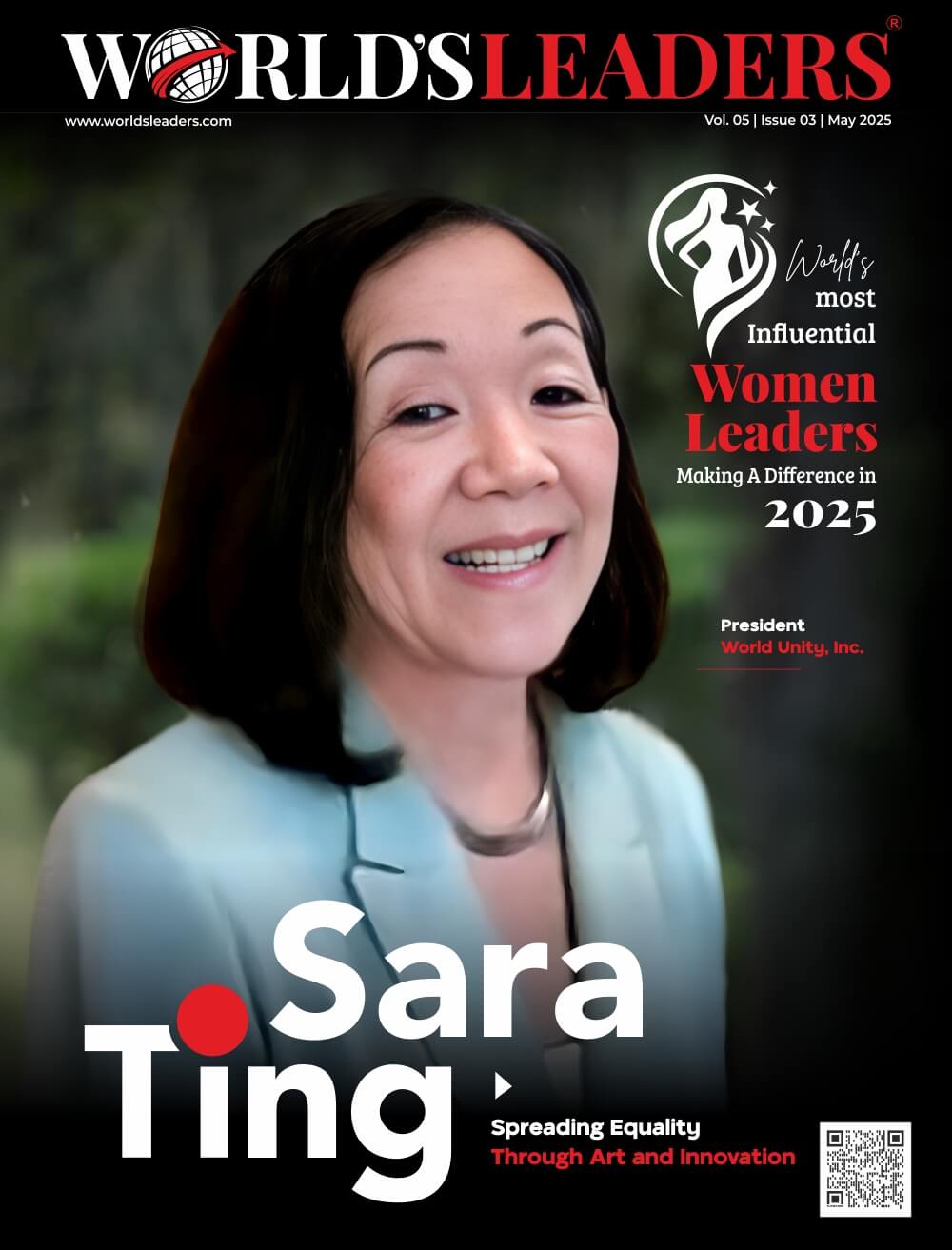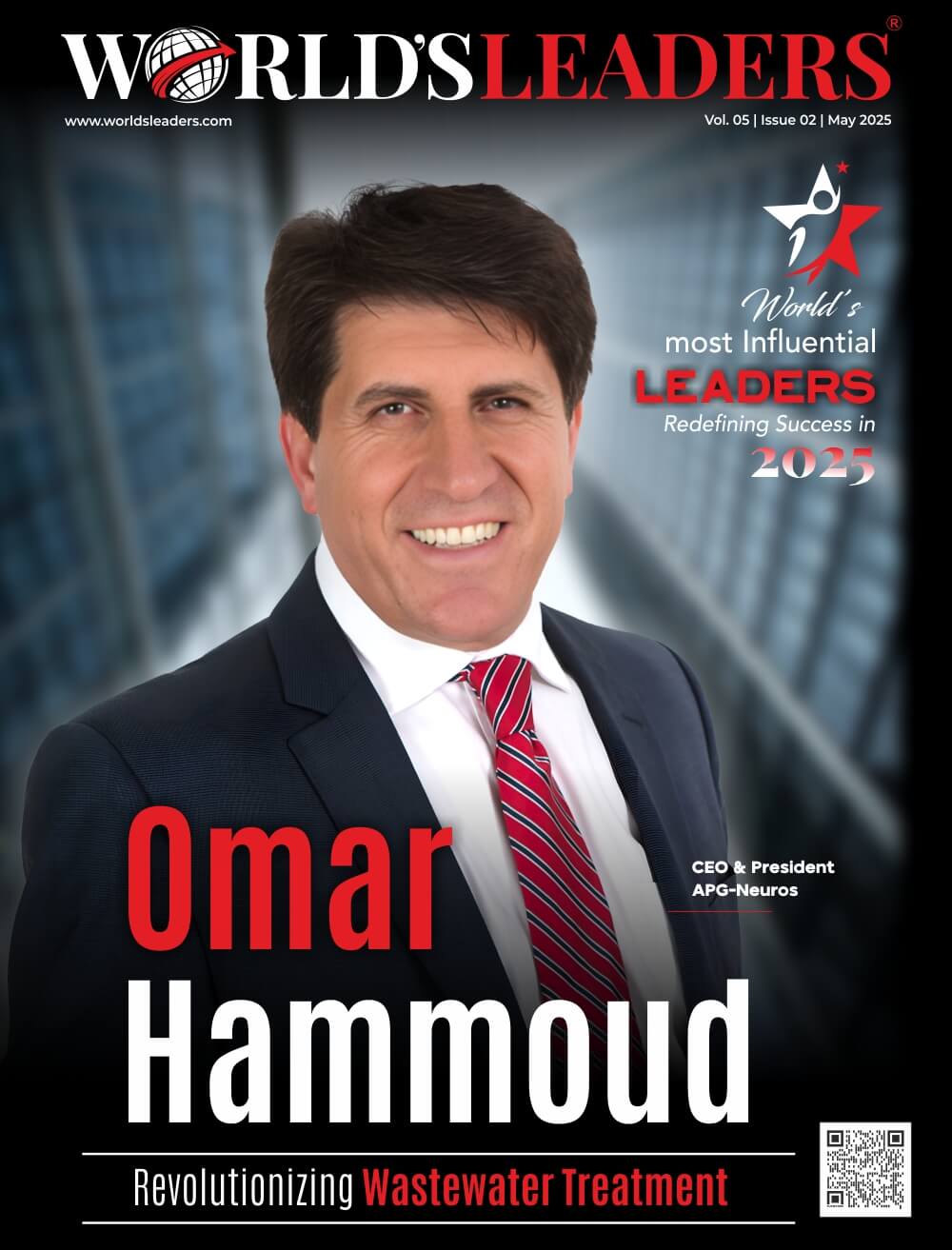In the quickly changing and increasingly global market of today, businesses cannot continue to focus on incremental improvement—organizational transformation is required. In their June 2011 edition, McKinsey Quarterly indicated that companies today must develop the capacity to adapt and keep evolving over time in order to retain high performance. They also suggested that organizational health was maybe the ultimate competitive edge for today’s economy.
I cannot emphasize enough how crucial the CEO’s job is in actively engaging in the transformation of a firm and how the CMO can help. There is, in my opinion, no one recipe for success, and decisions will depend on the scope, urgency, and character of the change for a given business. However, in my opinion, any CEO should follow these four phases while transforming a company.
These fundamental change management procedures, in my experience, are always applicable and adaptable to any organizational change.
The necessity and nature of an organization’s transformation are two key aspects that, in my opinion, must be met in order for these four measures a CEO should take to be effective. when putting into effect an organizational reform.
First, rather than structures, systems, or processes, organizations are made up of people and connections. Additionally, most individuals dislike being pushed beyond of their comfort zones, so there needs to be a good reason for it. Let’s now go through the four phases for incorporating change management into a new company plan.
The Four Steps Every CEO Must Take to Transform a Company:
Craft your Internal Message
You must take the same kind of attention in building a separate but complimentary set of messaging internally for your staff as you do in crafting the messages and value propositions for your consumers and potential customers. This crucial stage is all too frequently undervalued or even skipped. It’s more than simply a single meeting or a phrase and banner shown within.
Create a Thorough Internal Communication Strategy
A detailed internal communication plan must be created and implemented in collaboration with your CMO and HR staff. As CEO, you must guarantee that this strategy is clearly owned and that roles and objectives are specified. Your business will determine whether a team or a person administers the strategy, but whatever, you must hold them accountable and provide them the power to make tactical choices and modifications throughout execution. Identifying stakeholder groups and creating communication strategies tailored to each group are the main objectives here.
Name the Cheerleaders You Have
It needs strong leadership from you as the CEO to make difficult decisions and persuade others that this transition is vital, as well as open support from influential members of your team who act as your cheerleaders. Cheerleaders are most likely among the previously identified high power and high influence stakeholders, thus they are not necessary just on your senior management team.
Of course, implement the plan!
Implementing change in an organization can take a long time, regardless of the urgency of a transformation to market leadership for your business. But if the organization’s moving elements are not coordinated to support the transition, it won’t be effective. This is why preparing for organizational transformation must be a part of developing the strategy and plan; it cannot come AFTER you determine that the firm has to be transformed. A roll out strategy needs to account for the fact that it’s unlikely you can wait to do things in sequence. There may be a lot that has to be done simultaneously, in little rolls out, or in another way. This will depend on the state of your business and the market. Large international organizations typically adopt a modified strategy.





